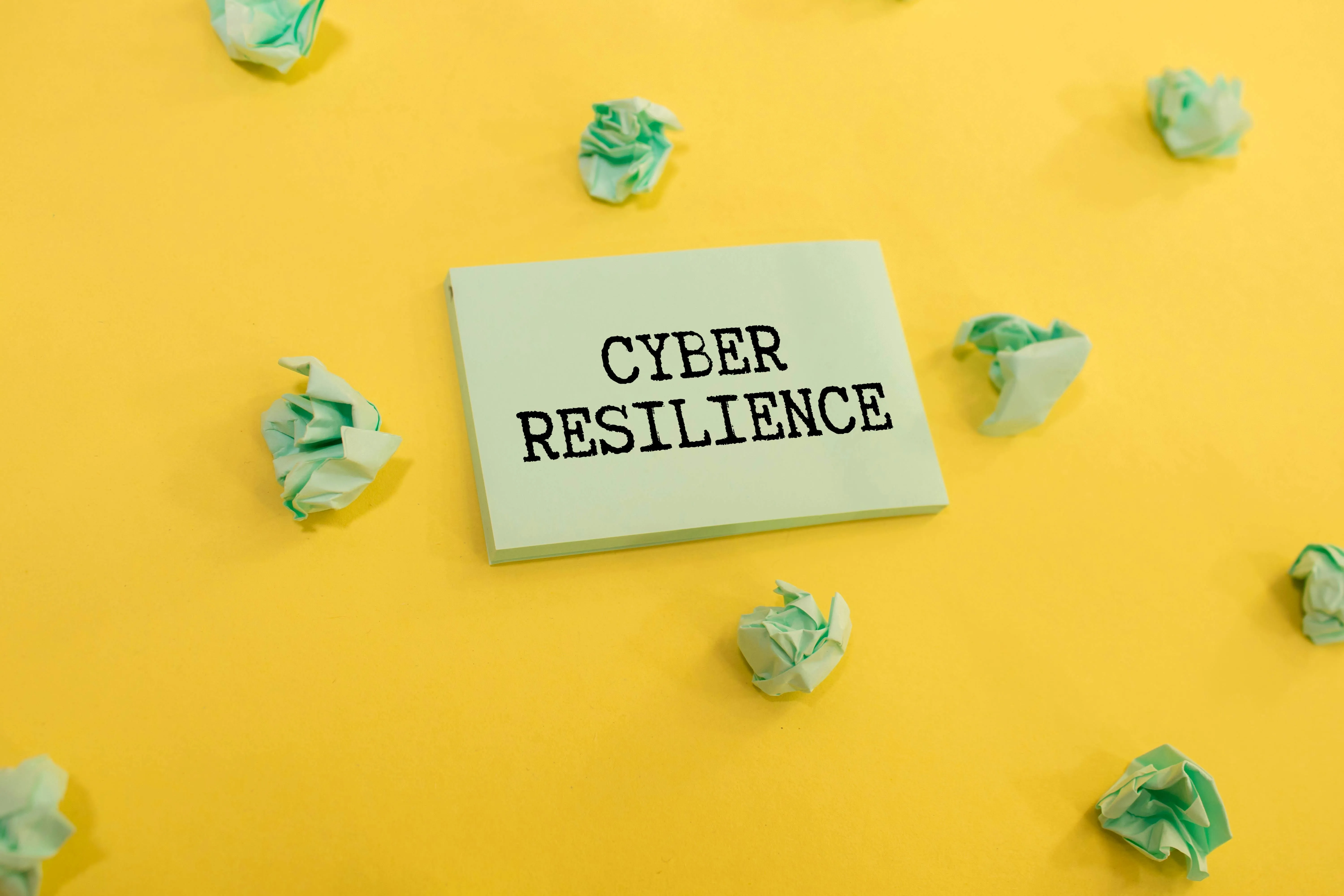CTEM and Its Role in Cyber Resilience Enhancement
Tuesday, 15 October 2024, 13:53

Understanding CTEM
CTEM stands for Continuous Threat Exposure Management, a proactive approach to identifying vulnerabilities. With cyber threats evolving rapidly, it’s vital to adopt this methodology.
Five Steps to Cyber Resilience
- Scoping: Define the business-critical assets that need protection.
- Discovery: Identify all potential exposures across systems and processes.
- Prioritization: Assess risks based on the impact of potential breaches.
- Response Planning: Develop detailed action plans to address identified vulnerabilities.
- Continuous Monitoring: Regularly review security posture and adapt strategies accordingly.
Implementing these steps ensures a comprehensive approach to cyber resilience, protecting organizations from potential threats.
This article was prepared using information from open sources in accordance with the principles of Ethical Policy. The editorial team is not responsible for absolute accuracy, as it relies on data from the sources referenced.